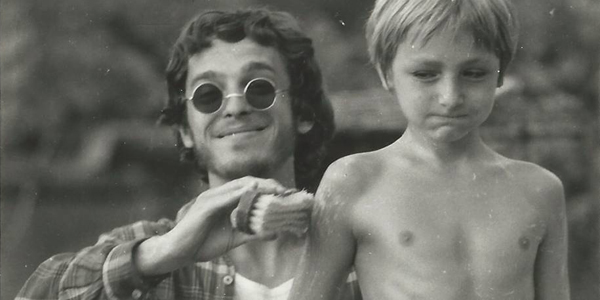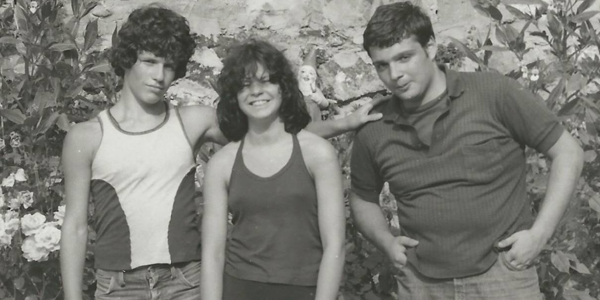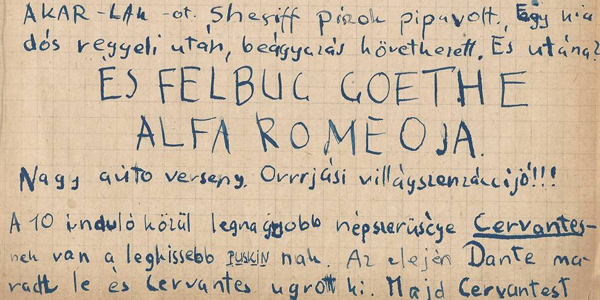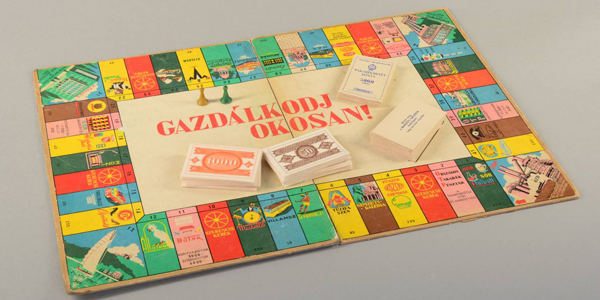
While most people interviewed about their experiences in Bánk frame them in terms of a positive, character-forming period in their lives, it would be misguided to dismiss them as only memories of an idealised childhood. In fact, the tellers themselves raise numerous considerations that may be applied toward a critical approach, yet describe instances of internal ambivalence and conflict as, in their view, as much formative experiences as happy memories. As with any human community, Bánk was rife with conflict, its quarrels and rebellions of various sizes indicative of the friction, ambivalence, and rivalry childhood dynamics naturally and inevitably entail. Far from weakening the significance of the camp and its forty-year history, discussion of its conflicts reveals much about the limits associated with tolerance and community norms. In Bánk, contention often arose around the violation of express traditions, with order restored at the expense of both short-term, and long-term consequences. Of various sources of tension, three in particular merit closer examination: the presence of latent and actual violence, the taboo handling of emotional relationships and sexuality, and the camp’s increasing cost and exclusivity, all of which, beyond blurring certain lines, reinforced the closed nature of the community. In all cases, difficulties related to the factors named above, though less typical during the camp’s “heroic era,” by the 1970s had grown increasingly common. Despite Leveleki’s having instituted certain changes to the principles and methods she had developed in the 1940s, the power and immutability of the camp’s traditions kept its original form alive. During the early years, camp life was influenced by both the political and economic environment, which had a direct impact on things such as internal power structure. At the same time, the camp was slow to react to changes in the outside world. It is interesting, for example, that unlike Gaudiopolis, the children’s republic founded by Gábor Sztehlo, Bánk was created as – and remained – a constitutional monarchy. Within it, Leveleki’s position as regent was reminiscent of sociologist Max Weber’s “charismatic authority,” an individual at the peak of the social hierarchy whom the community recognises for his/her talents and deeds and invests with power accordingly. Thus, in Bánk, while community activities were still shaped by essentially democratic processes, the actual distribution of power often led to tension. In general, conflicts arose where Leveleki could or would not handle some troublesome phenomenon, and indeed, the most problematic aspect of any system involving charismatic authority is that everything comes down to a single individual. Though Leveleki’s imposing personality, integrity, and creativity represented the strongest possible guarantee of seamless operation and physical security, by the final period in the camp’s history – with the transformation of the Hungarian social and political backdrop and the “regent’s” advancing age – a crack had opened in the forty-summer arc of the camp’s history: during its concluding years, campers were no longer active partakers in, or sculptors of, the Bánk mythos, but merely its heirs.
Forty years of summers in Bánk are now history: an exciting, adventurous time populated with an enormous number of fantastically creative, intelligent people, whose collective memories and relics serve as excellent ground for a museum exhibition. Yet, as with all stories, how it ends is a matter of no small importance – as will be seen in the part of this exhibition that explores the camp’s legacy.





